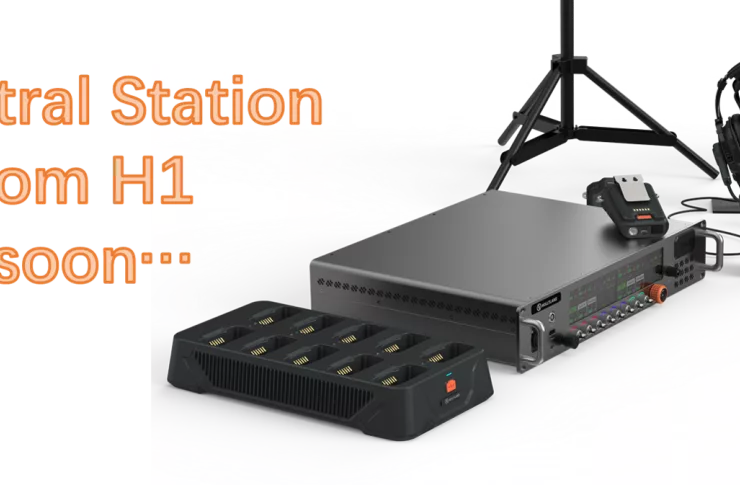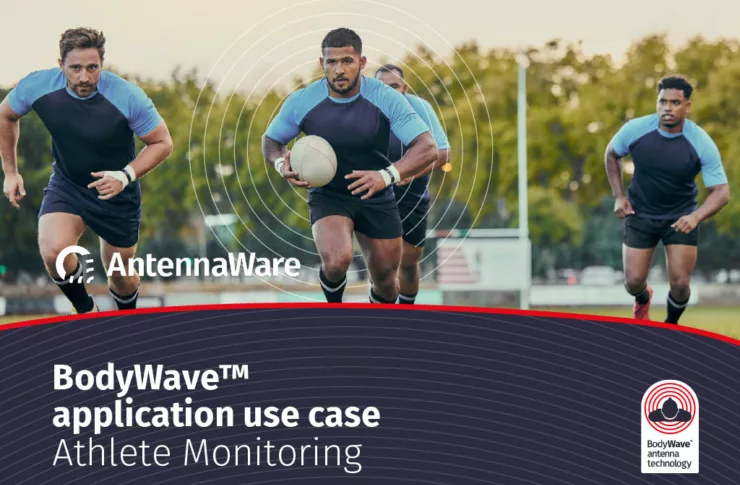Notes on antennas from a non-antenna guy's perspective

I first came across AntennaWare well over two years ago as part of a QUB / ECIT program to help university projects come out of academia and into main-stream industry. The co-founders, Gareth Conway and Matt Magill, claimed to solve the challenge of body blocking and provide up to 20dB of extra gain for wearable devices. At the time I was working in the audio industry in a role managing streaming of music from handsets to Bluetooth headsets /TWS, so I understood the problem but simply didn’t believe Gareth and Matt’s almost impossible claims. However, once I witnessed the results I soon became a believer.
In the time since, here are some of the things that I’ve learnt:
- Are Antenna’s a Science or an Art?
- It’s not just the antenna
- Testing for the best-case scenario doesn’t make sense
- Wireless connectivity problems are only going to get worse
- Are antennas a science or an art?
Currently probably both. Yes, there’s a preciseness to the theory behind antenna design, the supporting passives and placement on a device or body (human or otherwise). However, due to any number of environmental issues the resulting performance can vary day on day and person to person. This results in an outcome which isn’t repeatable nor consistent and feels more like an art form. That adds complexity, cost and an impact on a time to market for the device manufacturers.
With BodyWave™ antennas there is a repeatability and consistency of performance (if guidance is followed). This accelerates time to market, reduces the development costs, risks and ensures the same design can be re-used.
2 It’s not just the antenna
Impedance matching networks, transmission lines, radiation efficiency, mismatch loss, impedance bandwidth, keep out areas, the list goes on and on. Getting one thing wrong will result in a significantly sub-optimal performance for some antennas. This is a learned discipline and there will be guidance in the application notes. Common sense would dictate that putting people on the project who understand what they are doing and willing to follow the supporting documentation will ensure a good outcome.
These problems get further compounded when tests are done on a range of users, and variable performance is linked to strong coupling to the human body, often seen as variable impedance match. The BodyWave antenna has a much more stable and repeatable performance on any user, something not seen with conventional antennas.

Anechoic chamber testing for wireless wearable
3 Testing for the best-case scenario doesn’t make sense
If you design for worst-case, then you can overcome the performance limitation of your technology for any environment. For wearables, this is when it is in non-line-of-sight, experiencing the challenges of body-blocking and absorption. However, it takes some know how, to isolate the limiting factors in your design and environment.
What’s been very noticeable is when manufacturers get into an A/B test against what they already use and BodyWave, the tests are undertaken in rooms and buildings where there’s an abundance of reflections. This masks the body blocking as waves can bounce round and reflections will get a signal from Tx to Rx. This has multiple problems:
- Yes, a room / building is a valid test. However, there are so many variables - size of room, reflective surfaces, positioning of devices etc that can influence the test outcomes greatly. The other drawback in this scenario is the repeatability. It’s wholly conceivable that no two rooms are the same from the perspective of reflective materials. The only way to be confident that your device will satisfy users with a reliable wireless connection is to design for and test against the worst-case scenario.
- The worst-case scenario is outdoors and there are a multitude of use cases which include (but not limited to):
- Many people enjoy walking, jogging and cycling outside while listening to music and voice calls. Where there’s no convenient reflections to help with body blocking, audio dropouts will occur.
- The same statement could also be used for medical applications when a body worn medical device could suffer dropped connections.
- Sports, IOT, Automotive and Asset Tracking can all suffer connection failures outdoors.
- The reflections indoors add a latency variable which may affect the user experience. This is relevant for precise positioning when using “Time of Flight” data.
- On body placement - exactly where you place a device on the body can impact performance.
- The person you test the product on in the lab may not be the same physiologically as the user that buys the product, leading to performance uncertainty and risk.
The key lesson is to achieve reliable results from an A/B comparison complete the exercise in a proper environment - ideally an Anechoic chamber and if that isn't available, head outdoors.
4 Wireless connectivity problems are only going to get worse
Figures show there's a steep rise in wireless connectivity. As more devices become connected, the RF noise floor rises therefore connections that worked yesterday may not work tomorrow. The result is that the wireless world moves up in frequency and body worn devices become more susceptible to body blocking.
The only way to address this will be with a fundamental revision on antennas and BodyWave clearly demonstrates that it covers the bases.





